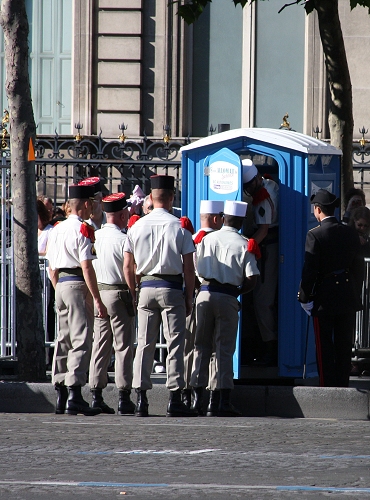This age-old question is right now at the forefront of my mind. There are those who say an author should write about what they know (wouldn’t that make literature boring?) and those who say the opposite. Certainly, fantasy fiction wouldn’t exist if everyone wrote about what they knew.
I am one for a mix of both: write about what you know if what you know is interesting, and go on wonderful flights of fancy just as well, but most of all, research research research.
I find nothing more grating than badly researched stories, and I cannot suspend disbelief when it becomes too obvious that the facts just aren’t correct.
However, when it comes to emotions, how can we writers get those right? We can’t experience all of the emotions we are writing about, so we have to try and get that far into our characters and their motivations, that we will get it right – the extremes as well as the subtleties.
There is nothing more rewarding than a story where the author got it right and the reader can feel with the characters, isn’t there?
 Image ©
Image © 








 Writing military fiction comes with its own complications, and that is: how realistic can one be? With that I mean: how factually correct am I allowed to be? Is it acceptable to describe in great detail some tactical manoeuvre or rule of engagement that is actually real and is being practised?
Writing military fiction comes with its own complications, and that is: how realistic can one be? With that I mean: how factually correct am I allowed to be? Is it acceptable to describe in great detail some tactical manoeuvre or rule of engagement that is actually real and is being practised? This is an excellent and very up-to-date book with over 150 illustrations. The book is by Chris McNab and Martin J. Dougherty and it is from 2007.
This is an excellent and very up-to-date book with over 150 illustrations. The book is by Chris McNab and Martin J. Dougherty and it is from 2007. I have been a member of the
I have been a member of the 










 Well, I bought this book when I was writing Dan in
Well, I bought this book when I was writing Dan in 

 Now, while I would like to see the sources for the “many scholars and military officials” (sorry, academic here, don’t tell me a sweeping “many”, give me proof) glbtq then goes on to suggest that there seems to be “a trend toward ever greater integration of homosexuals in the military”. Something I certainly agree with. I so also agree with the general notion of the British Forces not necessarily being an inclusive place regarding the attitude of personnel, but I shall explore this in another post about a “kind of insider view”. Stay tuned.
Now, while I would like to see the sources for the “many scholars and military officials” (sorry, academic here, don’t tell me a sweeping “many”, give me proof) glbtq then goes on to suggest that there seems to be “a trend toward ever greater integration of homosexuals in the military”. Something I certainly agree with. I so also agree with the general notion of the British Forces not necessarily being an inclusive place regarding the attitude of personnel, but I shall explore this in another post about a “kind of insider view”. Stay tuned.